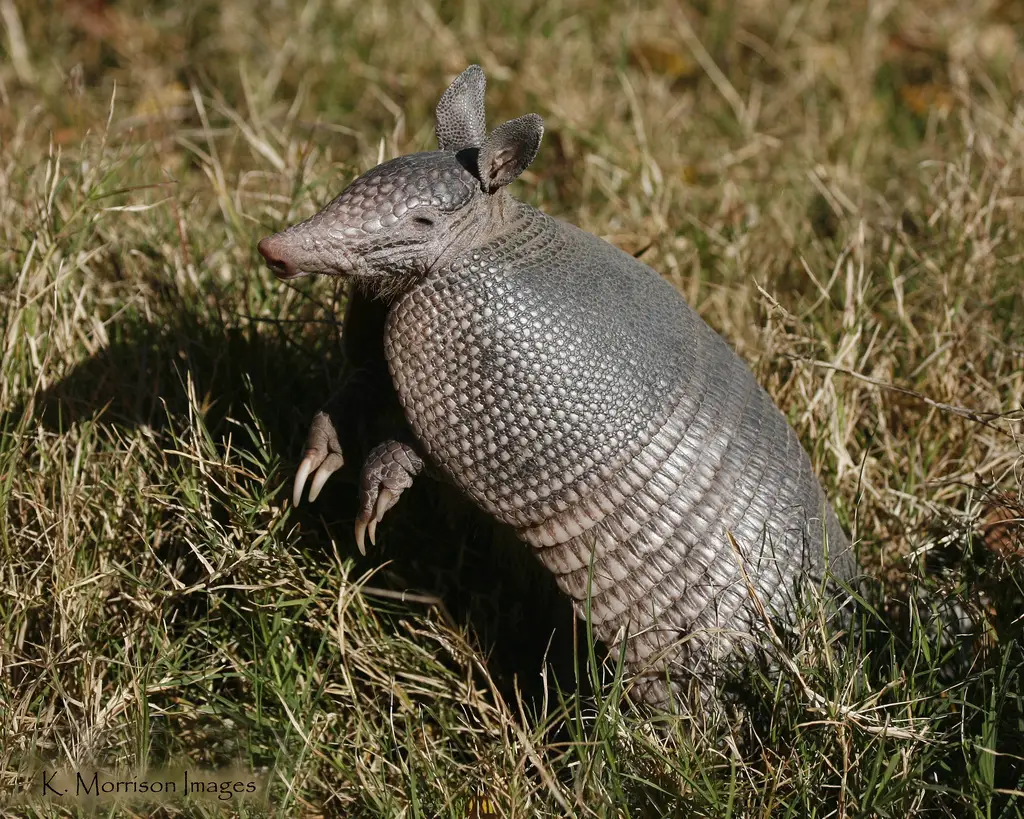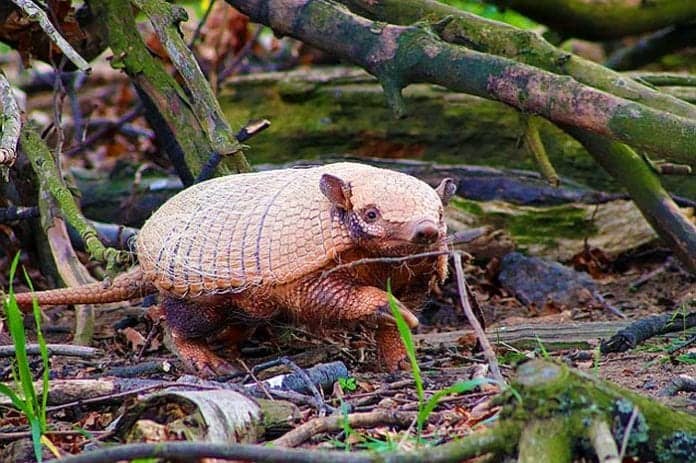
Only one genus, which comprizes the two species of three-banded armadillo, is able to completely roll itself into a ball for protection from predators. The pink fairy armadillo has a slightly different strategy and uses its shell to plug the entrance of its burrow so nothing can get in. When threatened, armadillos often retreat into their burrows and certain species can flex their shell to wedge themselves in so tightly that they cannot be pulled out. They spend daylight hours inside their burrows, where they sleep prolifically for up to 16 hours per day.Īrmadillos use their sharp claws and strong legs to create their burrows, which can be up to 20 feet (6 meters) long, extend up to 5 feet (1.5 meters) underground and have up to 12 entrances. Armadillos are nocturnal and tend to hunt at dawn and dusk. These animals have a number of adaptations for capturing prey, such as their sharp claws used to dig invertebrates out of the ground and their long, sticky tongues used to extract ants and termites from the tunnels in their nests. Some species might also supplement their diet with plants, fruits and carrion on occasion.Īrmadillos have poor eyesight, so use their sense of smell to detect prey. However, other species such as the giant armadillo have highly specialist diets consisting primarily of termites. Certain species such as the generalist nine-banded armadillo feed on a variety of prey types and even eat amphibians and reptiles during winter. A six-banded armadillo Ecology and ReproductionĪrmadillos feed mostly on invertebrates including insects and grubs. This, combined with their lack of fat stores, means that armadillos are restricted to living in warm regions and entire populations can be wiped out by a single cold spell.

In common with the other two members of the Xenarthra superorder, the sloths and anteaters, armadillos have low body temperatures of 91–97 ☏ (33–36 ☌) and low basal metabolic rates that are only 40 – 60% of that expected for placental mammals of their mass. While some armadillo species have nearly hairless shells, others have long coarse hairs that project from their shells. Armadillos also vary in color, with different species exhibiting brown, black, red, gray, salmon or yellowish coloring. The 21 species of armadillo vary greatly in size, from the pink fairy armadillo that is roughly the size of a chipmunk to the giant armadillo that is the size of a small pig. Armadillos live in a wide range of habitat types including rainforests, grasslands and semi-deserts.Īrmadillos are characterized by a leathery armor shell that covers the back, head, legs, and tail of most species.

One species, the nine-banded armadillo, is also found in the United States as far west as eastern New Mexico and as far north as southern Nebraska. The armadillo is a group of 21 species of armored placental mammal native mainly to tropical and subtropical regions of Central and South America.

Wild cats and canids, black bears, raccoons Species vary from least concern to vulnerable


 0 kommentar(er)
0 kommentar(er)
